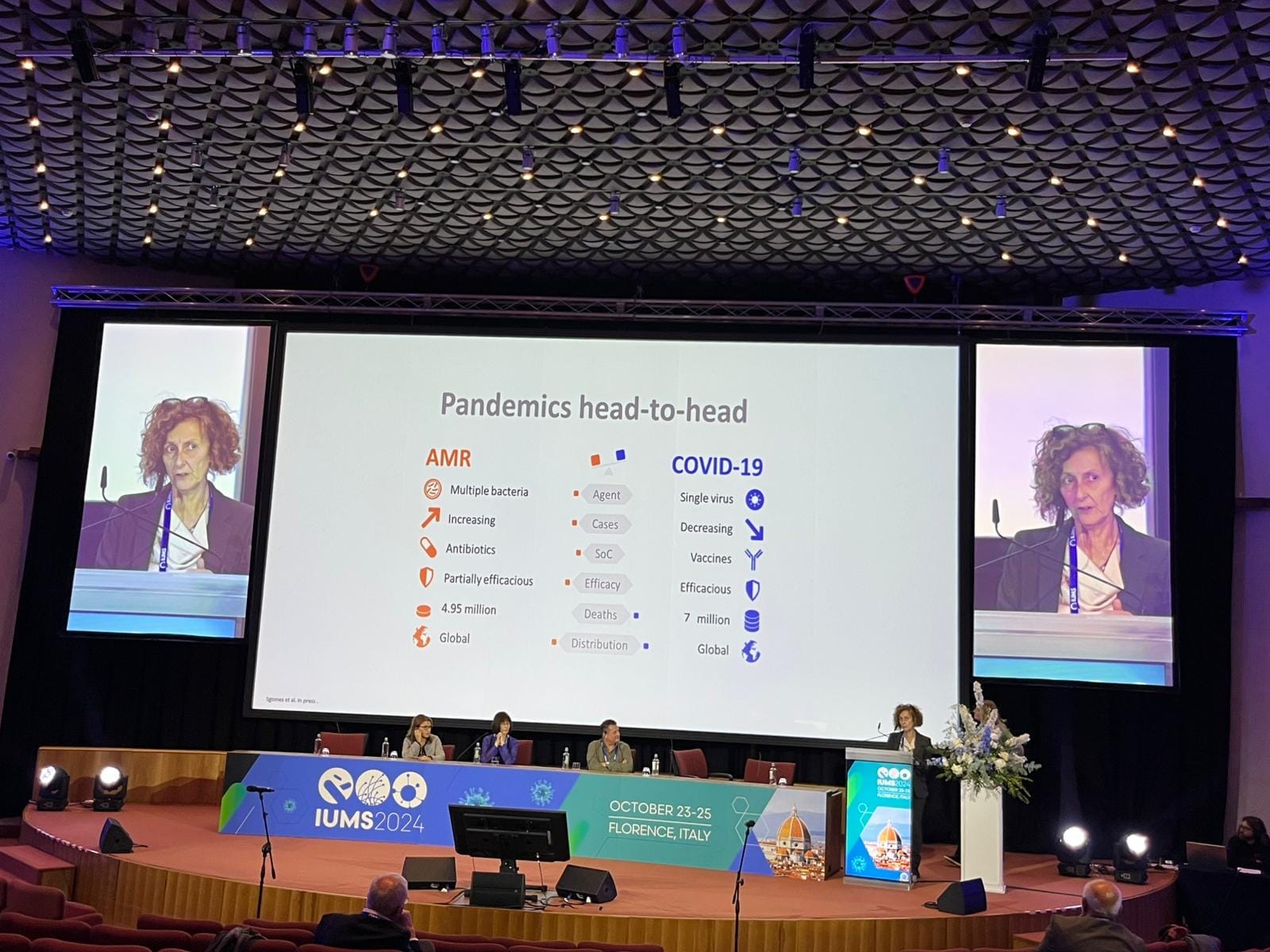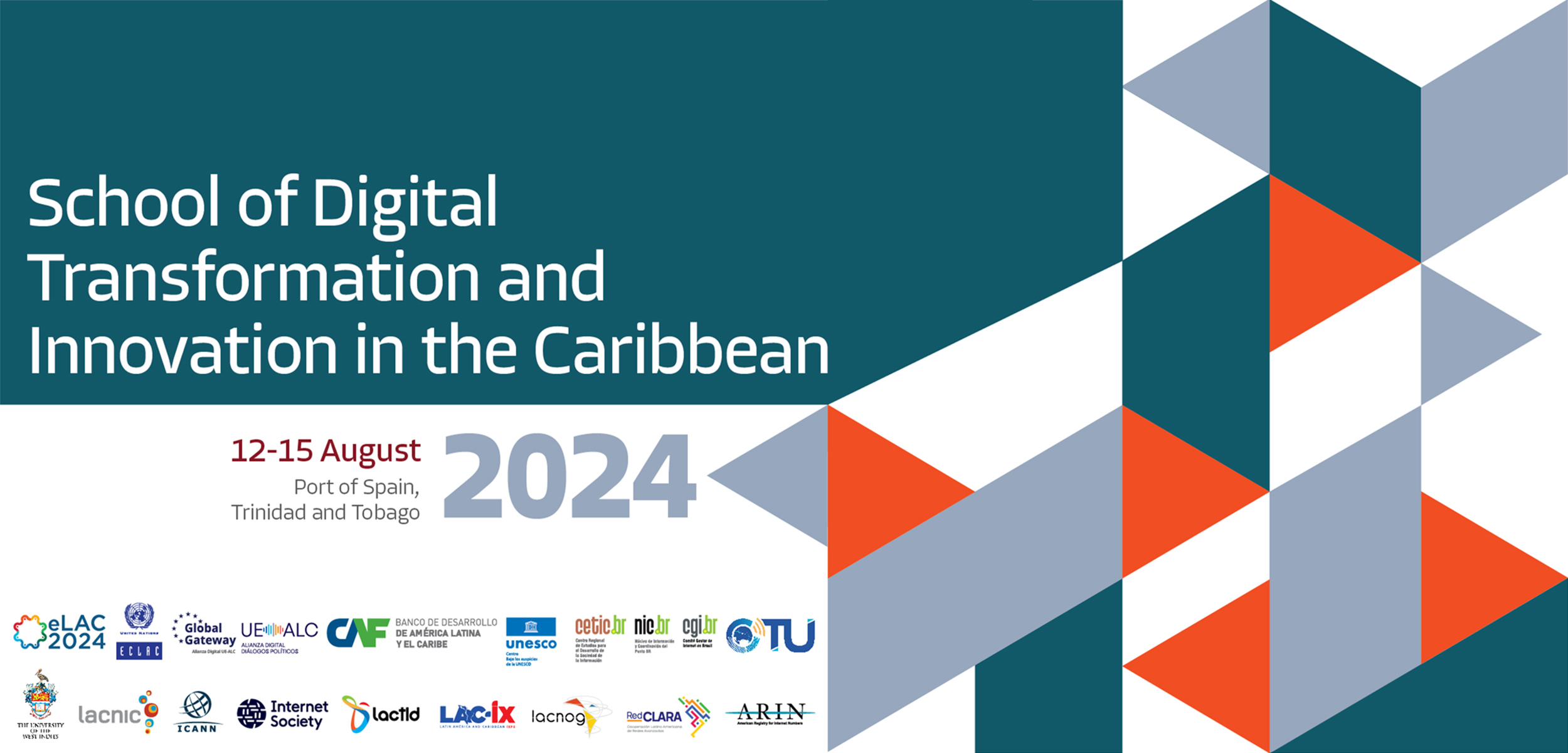Report on University-Led Entrepreneurial Ecosystems and Their Contribution to Sustainable Development Goals
Universities are increasingly establishing entrepreneurial incubators and innovation hubs to support students, faculty, and local communities. These initiatives are instrumental in advancing several United Nations Sustainable Development Goals (SDGs) by creating environments that foster innovation, provide quality education, and promote economic growth.
Institutional Frameworks for Sustainable Innovation
University innovation centers serve as critical infrastructure for translating academic concepts into tangible business ventures, directly supporting SDG 9 (Industry, Innovation, and Infrastructure). By providing dedicated resources and collaborative spaces, they build resilient infrastructure and foster inclusive and sustainable industrialization.
- University of North Dakota (UND) Center for Innovation: Established in 1984, this center has a long history of providing a “safe space” for students and community members to develop practical and tangible innovations. Director Amy Whitney emphasizes the center’s role in pushing comfort zones to transform ideas into market-ready solutions.
- Northern State University (NSU) Northern Innovation and Startup Center: Launched in November 2022, this center exemplifies SDG 17 (Partnerships for the Goals) through its strategic collaboration with the Aberdeen Development Corporation. Director Bea Smith notes this partnership model allows the center to complement existing regional support organizations, creating a robust ecosystem for founders.
Core Functions and Alignment with Sustainable Development Goals
The primary activities of these university centers align directly with specific SDG targets, demonstrating a comprehensive approach to sustainable development.
-
Business Education and Skill Development (SDG 4: Quality Education): The centers provide essential training that equips individuals with relevant skills for entrepreneurship, directly addressing Target 4.4. This is achieved through:
- Workshops and courses on business planning, market analysis, finance, and leadership.
- Programs like UND’s runway accelerator, which offers mini-grants funded through alumni donations and institutional partnerships, helping students move from idea to proof-of-concept. This funding model also reinforces SDG 17.
-
Mentorship and Collaborative Networks (SDG 17: Partnerships for the Goals): A key function is connecting aspiring entrepreneurs with experienced industry experts, faculty, and professional services.
- NSU’s center acts as a facilitator, steering innovators toward necessary resources like patent attorneys and scaling experts within the South Dakota community.
- UND’s incubator operates at the intersection of the university and the community, fostering connections between student talent, faculty expertise, and local business founders. This multi-stakeholder collaboration is crucial for building effective partnerships.
-
Inclusive Economic Growth and Community Engagement (SDG 8: Decent Work and Economic Growth & SDG 11: Sustainable Cities and Communities): The centers promote inclusive economic opportunities by extending their services beyond the student body.
- The Northern Innovation and Startup Center makes all its programming available to regional community members aged 18 and up, both in-person and online, acting as an “entrepreneurial bridge” for northeast South Dakota.
- UND’s “Kidpreneurs” summer program engages elementary, middle, and high school students, fostering an early-stage entrepreneurial mindset and contributing to a culture of innovation that supports long-term economic resilience.
Conclusion: A Model for Sustainable Development
University entrepreneurship incubators are vital catalysts for achieving sustainable development. By providing a secure and supportive environment for ideation, they empower a new generation of innovators to create tangible solutions. These centers exemplify a powerful model for leveraging SDG 4 (Quality Education) and SDG 17 (Partnerships for the Goals) to drive progress on SDG 8 (Decent Work and Economic Growth), SDG 9 (Industry, Innovation, and Infrastructure), and SDG 11 (Sustainable Cities and Communities). Their work is fundamental to building resilient, innovative, and prosperous communities for the future.
Analysis of Sustainable Development Goals in the Article
1. Which SDGs are addressed or connected to the issues highlighted in the article?
The article highlights several issues related to university-led entrepreneurship, innovation, and community development. Based on the content, the following Sustainable Development Goals (SDGs) are addressed:
- SDG 4: Quality Education: The article focuses on universities providing education and hands-on experience beyond traditional curricula. It describes how innovation centers offer “workshops, programs, and courses on essential entrepreneurial skills” and provide a “place to grow and develop both the idea and their knowledge base.” This directly contributes to providing inclusive and equitable quality education and promoting lifelong learning opportunities.
- SDG 8: Decent Work and Economic Growth: The core purpose of the university incubators is to “help entrepreneurs develop and launch their businesses” and support “startups.” By nurturing new businesses, these centers promote sustained, inclusive, and sustainable economic growth, full and productive employment, and decent work for all. The emphasis on turning ideas into tangible innovations directly fuels economic activity.
- SDG 9: Industry, Innovation, and Infrastructure: The article is centered on the creation of “university incubators,” “innovation hubs,” and “centers for innovation.” These entities are part of the infrastructure built to foster innovation and support research. The text explicitly mentions their role in helping to “turn it into an innovation that is practical, that’s tangible,” which aligns with building resilient infrastructure and promoting inclusive and sustainable industrialization.
- SDG 17: Partnerships for the Goals: The article repeatedly emphasizes the importance of collaboration. It mentions a “strategic partnership with Aberdeen Development Corporation,” funding supported through “alumni donations and a partnership with the Nistler College of Business and Public Administration,” and the incubator operating at the “intersection of the university and the community.” This highlights the multi-stakeholder partnerships necessary to achieve sustainable development goals.
2. What specific targets under those SDGs can be identified based on the article’s content?
Several specific targets under the identified SDGs are relevant to the activities described in the article:
- Under SDG 4 (Quality Education):
- Target 4.4: “By 2030, substantially increase the number of youth and adults who have relevant skills, including technical and vocational skills, for employment, decent jobs and entrepreneurship.” The article directly supports this target by describing how the centers offer “workshops, programs, and courses on essential entrepreneurial skills such as business planning, market analysis, finance, and leadership” to students, community members, and even younger students through the “Kidpreneurs” program.
- Under SDG 8 (Decent Work and Economic Growth):
- Target 8.3: “Promote development-oriented policies that support productive activities, decent job creation, entrepreneurship, creativity and innovation, and encourage the formalization and growth of micro-, small- and medium-sized enterprises, including through access to financial services.” The university centers are prime examples of this, as they actively foster “entrepreneurial talent,” support “startups,” and provide access to financial services through “$10,000 mini-grants to help them go to proof of concept.”
- Under SDG 9 (Industry, Innovation, and Infrastructure):
- Target 9.5: “Enhance scientific research, upgrade the technological capabilities of industrial sectors in all countries…encouraging innovation and substantially increasing the number of research and development workers…” The article describes the centers as dedicated spaces for “startups, research and hands-on experience.” They encourage innovation by providing a “safe space to push those comfort zones even further” and turn ideas into tangible products, thereby enhancing research and innovation capabilities.
- Target 9.b: “Support domestic technology development, research and innovation…” The entire initiative of creating university innovation hubs is a direct implementation of this target, as they are designed to support local innovators, from students to community members, in developing their ideas within the domestic ecosystem.
- Under SDG 17 (Partnerships for the Goals):
- Target 17.17: “Encourage and promote effective public, public-private and civil society partnerships, building on the experience and resourcing strategies of partnerships.” The article provides concrete examples of such partnerships, including Northern State University’s collaboration with the “Aberdeen Development Corporation” and UND’s funding model which relies on “alumni donations and a partnership with the Nistler College of Business and Public Administration.”
3. Are there any indicators mentioned or implied in the article that can be used to measure progress towards the identified targets?
Yes, the article mentions or implies several indicators that can be used to measure progress towards the identified targets:
- For Target 4.4 (Skills for entrepreneurship):
- Number of participants in educational programs: The article implies this by mentioning programs for university students, community members (“ages 18 and up”), and younger students (“middle school and high school”). Tracking the number of individuals attending workshops and courses would be a direct indicator.
- Variety of skills courses offered: The text lists “business planning, market analysis, finance, and leadership” as examples of skills taught, indicating that the breadth of the curriculum could be a measure of success.
- For Target 8.3 (Support for entrepreneurship and SMEs):
- Number of startups created: The primary goal is to “help entrepreneurs develop and launch their businesses.” The number of businesses successfully incubated is a key performance indicator.
- Amount of financial support provided: The article explicitly mentions “$10,000 mini-grants.” The total value and number of these grants disbursed serve as a direct indicator of financial access for new enterprises.
- For Target 9.5 (Research and innovation):
- Number of ideas reaching “proof of concept”: The article states that mini-grants help founders “go to proof of concept.” This is a measurable milestone in the innovation pipeline.
- Number of collaborations between students, faculty, and community founders: The article highlights that centers “help kind of create those connections,” implying that the number of such partnerships formed is a measure of the ecosystem’s health.
- For Target 17.17 (Partnerships):
- Number and type of partnerships formed: The article names specific partners like the “Aberdeen Development Corporation,” “Nistler College of Business,” and “Edson Larson Foundation.” An inventory of these partnerships would serve as an indicator.
- Amount of resources mobilized through partnerships: The mention of funding from “alumni donations” suggests that tracking the financial and in-kind contributions from partners is a relevant metric.
4. Table of SDGs, Targets, and Indicators
| SDGs | Targets | Indicators Identified in the Article |
|---|---|---|
| SDG 4: Quality Education | 4.4: Increase the number of youth and adults with relevant skills for entrepreneurship. |
|
| SDG 8: Decent Work and Economic Growth | 8.3: Promote policies that support entrepreneurship, creativity, innovation, and the growth of SMEs, including access to finance. |
|
| SDG 9: Industry, Innovation, and Infrastructure | 9.5 / 9.b: Enhance scientific research and support domestic technology development and innovation. |
|
| SDG 17: Partnerships for the Goals | 17.17: Encourage and promote effective public, public-private, and civil society partnerships. |
|
Source: grandforksherald.com







